“Estimating the relative contribution of streetlights, vehicles, and residential lighting to the urban night sky brightness”

Esta página también está disponible en Español
Measuring light pollution from home
The brightness of the night sky varies depending on the lights on the street, the movement of cars and the activity of the offices. There is a sharp increase in darkness when, by law, the ornamental lights go out at 12 at night. This project tries to detect variations in this bright produced by the lock down to stop the advance of covid-19. From this difference the human contribution in sky brightness can be estimated.
“Estimating the relative contribution of streetlights, vehicles, and residential lighting to the urban night sky brightness”

Due to the self-isolation we are experience, astronomical observation activities are reduced to those that we can carry out from our home with the instrumentation we happen to have with us.
This project proposes a study over time of the brightness and color of the night sky through measurements obtained at home with the help of DSLR cameras.
Sky brightness measurements of this project can be compared with those of professional instruments for the same night. This graph shows RGB measurements taken by Jaime Izquierdo with a SLR camera at Madrid city, measurements of the Johnson B, V, R photometric bands obtained by the AstMON-UCM instrument installed on the roof of the Facultad de Físicas UCM and measurements taken with TESS-W stars1 photometer from the city of Coslada.
Right: The data from the RGB channels of the camera adjust well to the astronomical photometry measurements (once scaled). This indicates that when we calibrate the cameras we will be able to use them to measure the evolution of the brightness and color of the night sky. The stars1 photometer data shows slightly different values as it is not located at the same place.
Left: All the observations gathered during a two-month monitoring period performed by the same collaborator using the same equipment configuration.

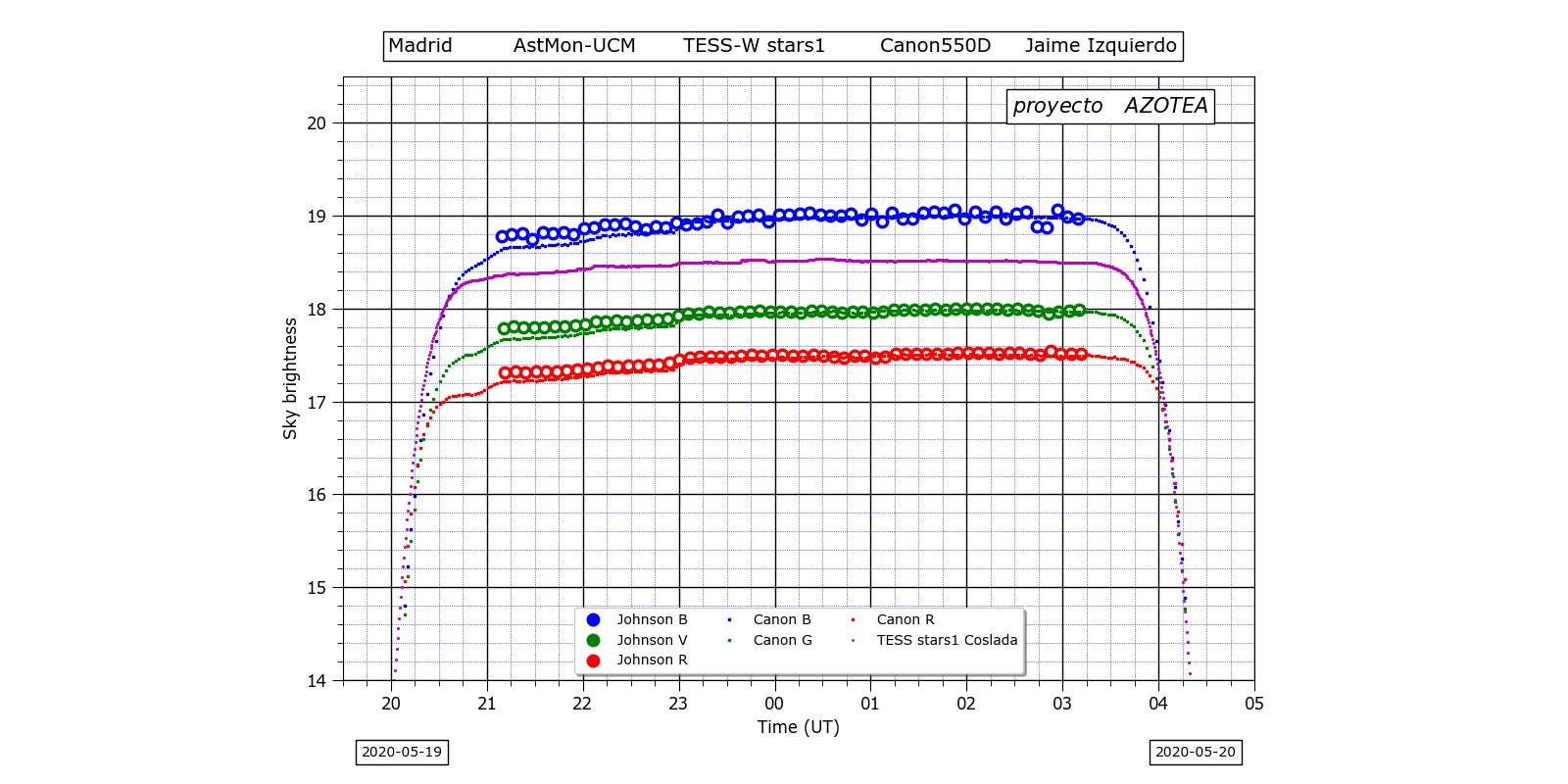

This project is aimed at any DSLR camera owner who is interested. If you want to participate, please send us an e-mail to jzamorano@fis.ucm.es with your name, the place where you are going to carry out the measurements and your camera specifications.
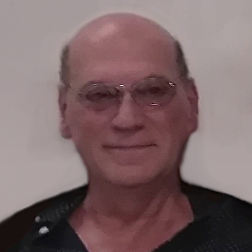
Villalba (Madrid)
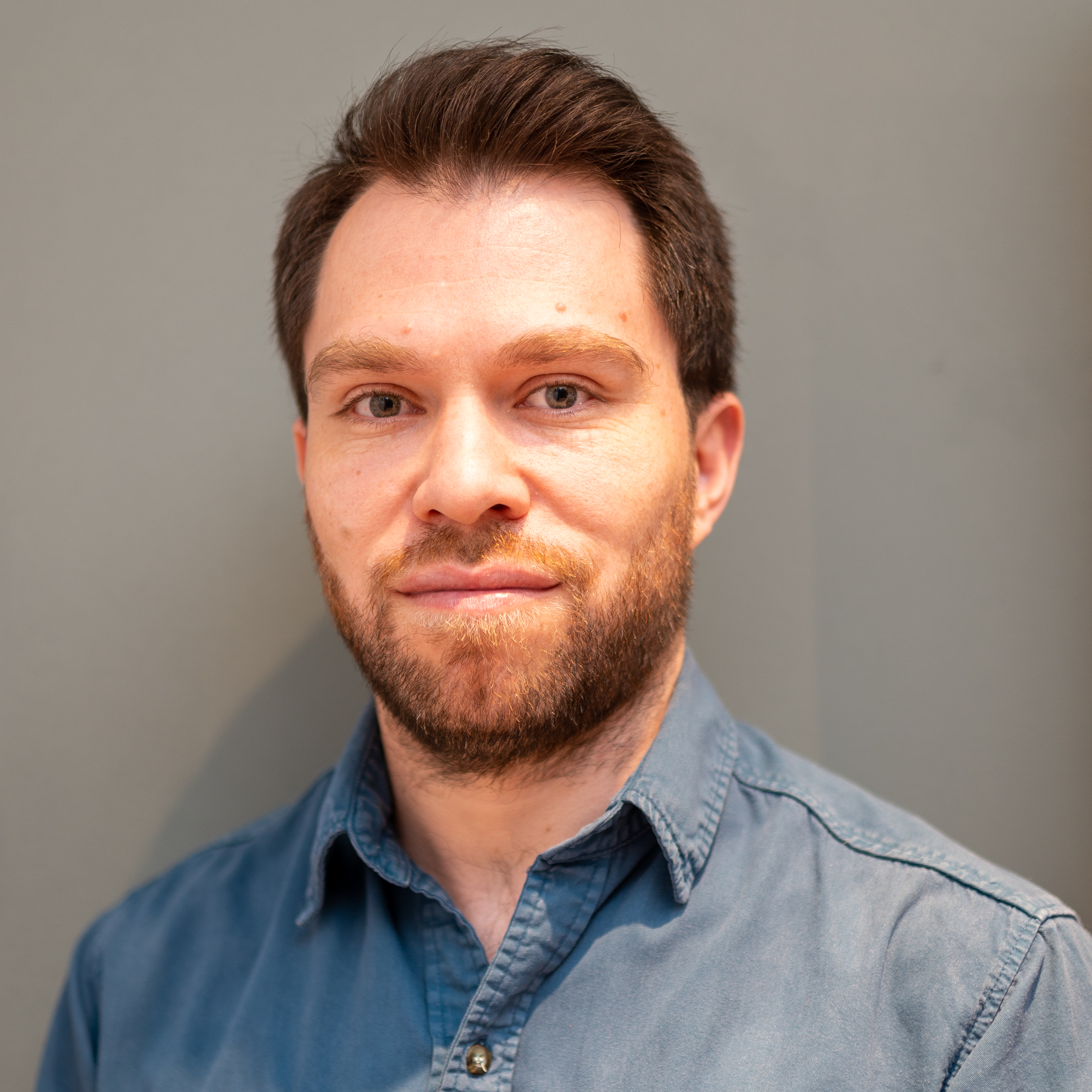
Rosario, Santa Fe, Argentina
Sony a7III
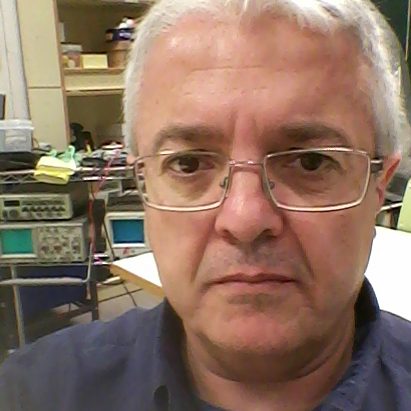
Granollers i La Roca del Vallès
Canon EOS 77D
EFS 18-135 mm

Motilla del Palancar (Cuenca)
Canon 750d / Canon 600d
Samsung 8 (f/4) / 18-55mm f/3,5

Madrid (Este)
Nikon F50
18mm

Cantabria
Nikon D3200
18-55mm f/3.5-5.6G VR
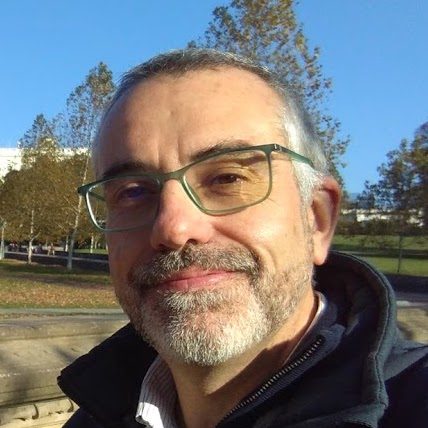
PhD. Astrophysics
Professional astronomer and professor at UCM.

PhD. Astrophysics
Professional astronomer and astrophysics professor at UCM.

PhD. Physics
Associate profesor at Universidade de Santiago de Compostela.
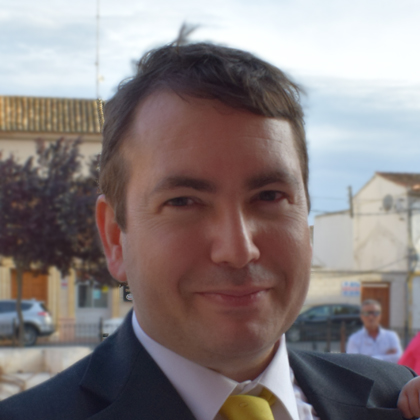
PhD. Astrophysics
PhD. Astrophysics. Postdoc researcher at Exeter University.
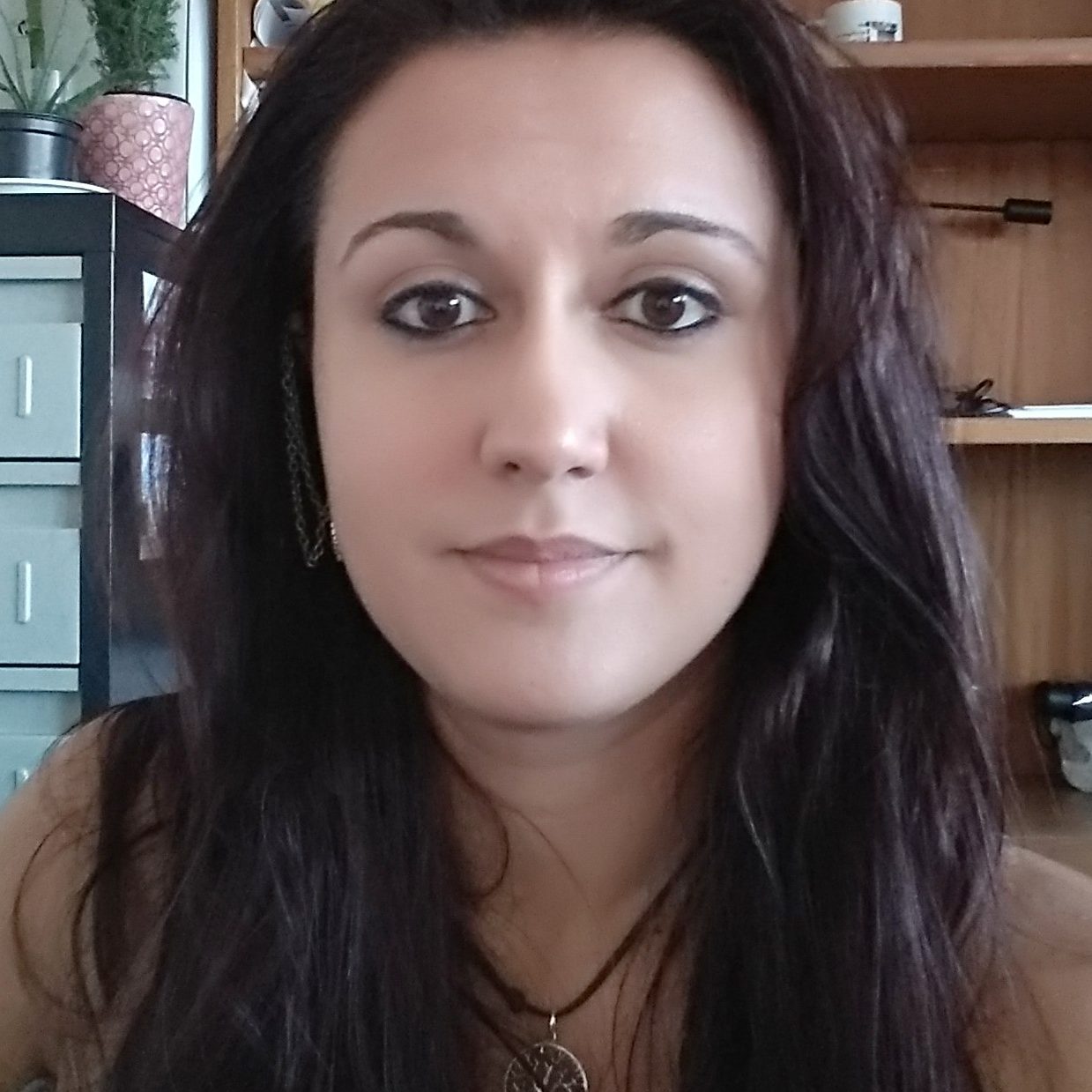
Astrophysics master
Physics graduate. Predoctoral researcher at Universidad Complutense de Madrid.
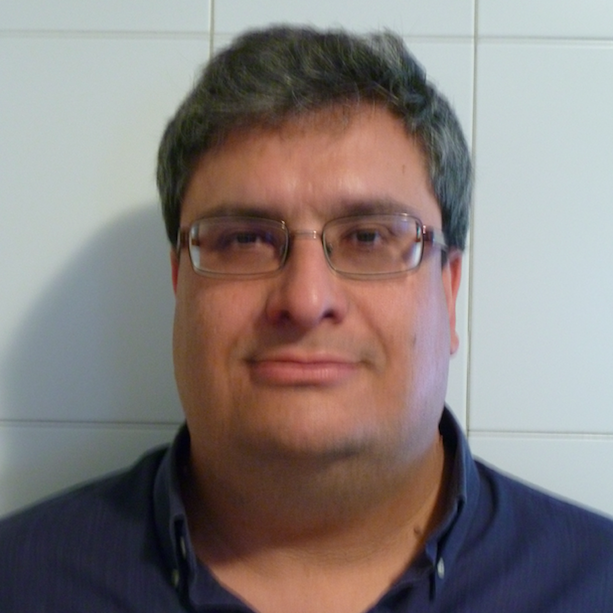
PhD. Physics
GUAIX Director and astrophysics professor at UCM.

Physics degree
Physics graduate with media communications expertise.
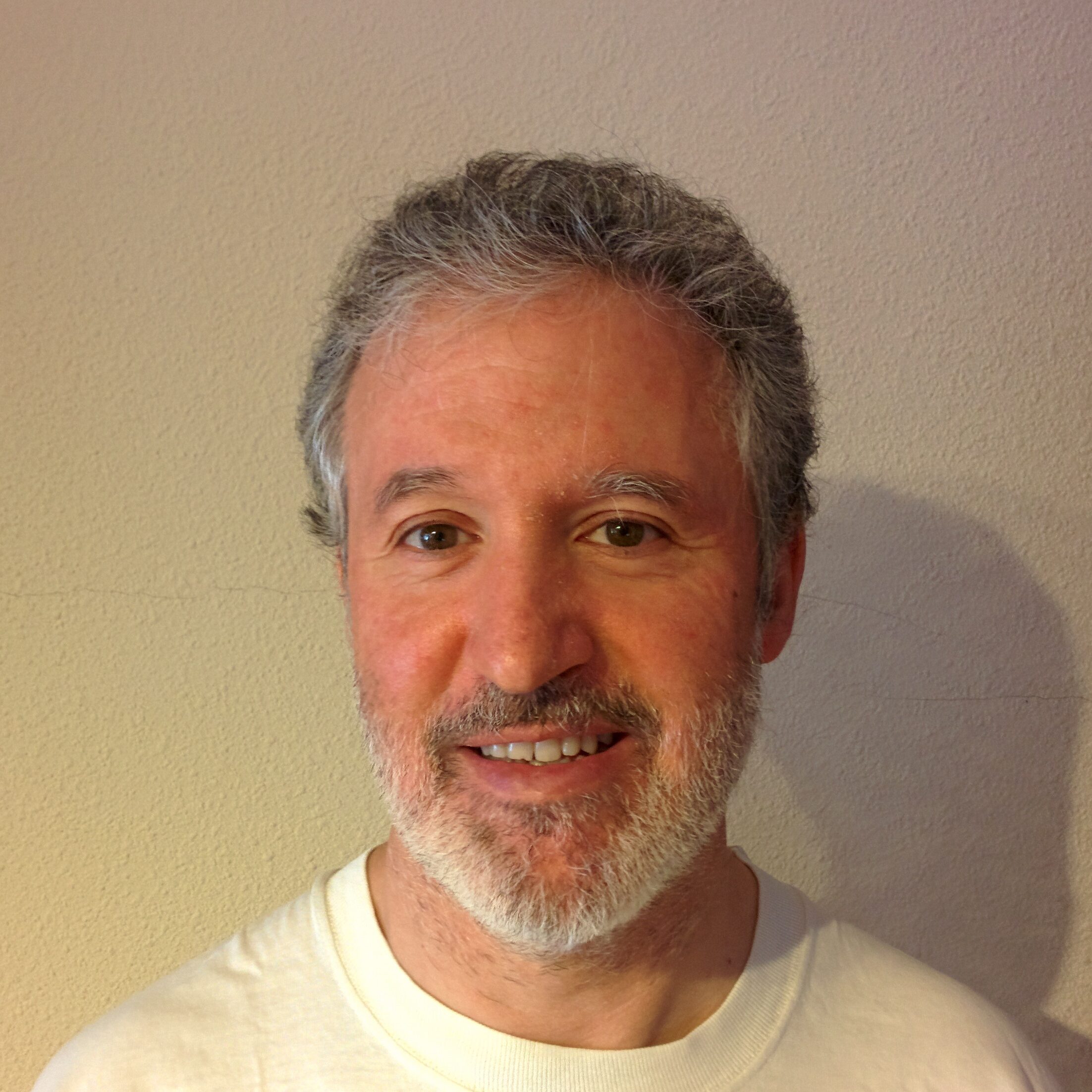
Telecommunication Engineer
Laboratory Technician at LICA.
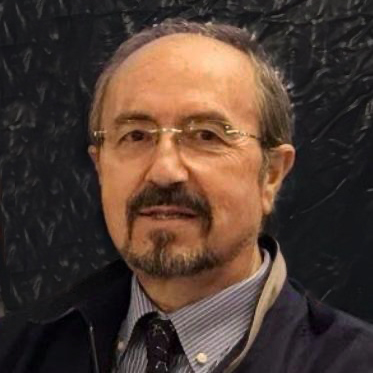
PhD. Astrophysics
Astronomer, astrophotographer and honorary collaborator at the Department of Astrophysics.

PhD. Astrophysics
Astrophysicist and Computer Engineer. Assistant professor at UCM.
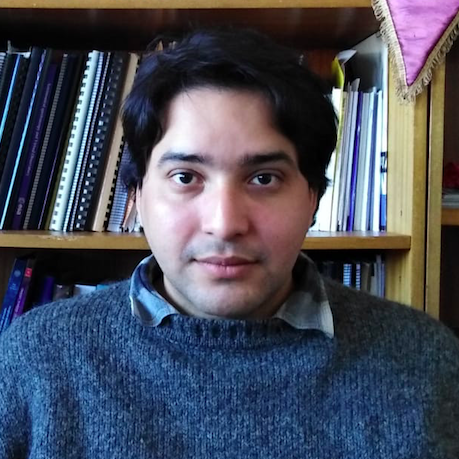
Nuclear Science master
Physics graduate. Predoctoral researcher at Universidad Complutense de Madrid.
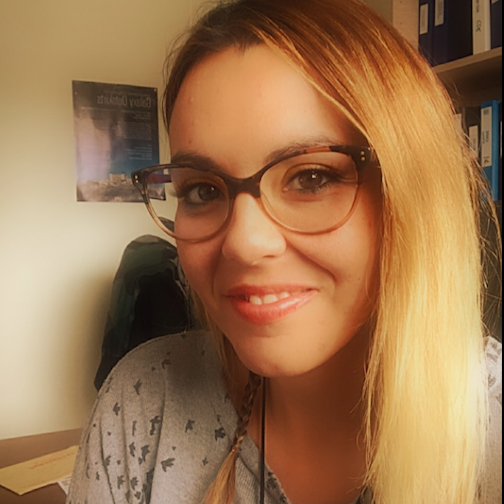
Research and Innovation Management master
Project manager of the GUAIX Group at the UCM.
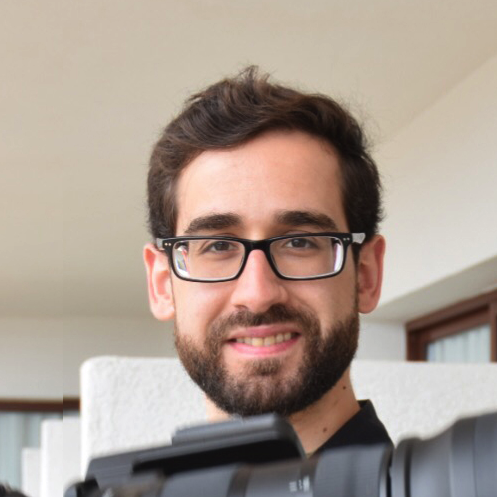
Optical engineer
Optical Engineer at Escribano Mechanical & Engineering

The ideal situation for your station is a roof or terrace that allows a direct view of the Zenith (an imaginary point directly “above” a particular location, on the imaginary celestial sphere).
In the case of places outside large urban centers with a direct view of their light haloes, we would appreciate the the camera to record that glow. In that case the field of vision should cover the horizon and depending on the objective it will rise 30-45 degrees from there.
A camera shouldn’t be left in the open as it can be damaged by rain. To be able to measure in any situation we must a weather resistant camera housing case.
The easiest thing is to use plumbing PVC material. We will have to use something we have at home such as waterproff suitcases or plastic container boxes. A wooden box with a glass top secured with silicone may also work.
We will take pictures along the whole night. To control the shooting you can use an intervalometer or a computer.
A sequence of one photo every 6-12 minutes is enough. We are working to create a platform for collecting and storing images, but, for the moment they will have to be stored on local disks.
During the processing of the images, the information will be decomposed into R, G and B channels so the flow will be measured in counts per second of the central area. This value will be converted then into instrumental quantities that will allow the researchers to make graphic representations to show the evolution over time of the brightness of the sky and its color. All observations are processed with custom open software developed by our team.
AZOTEA project was presented at the seventh international conference on Artificial Light At Night ALAN 2021 that took place at virtual chair from June the 15th to the 17th, 2021.